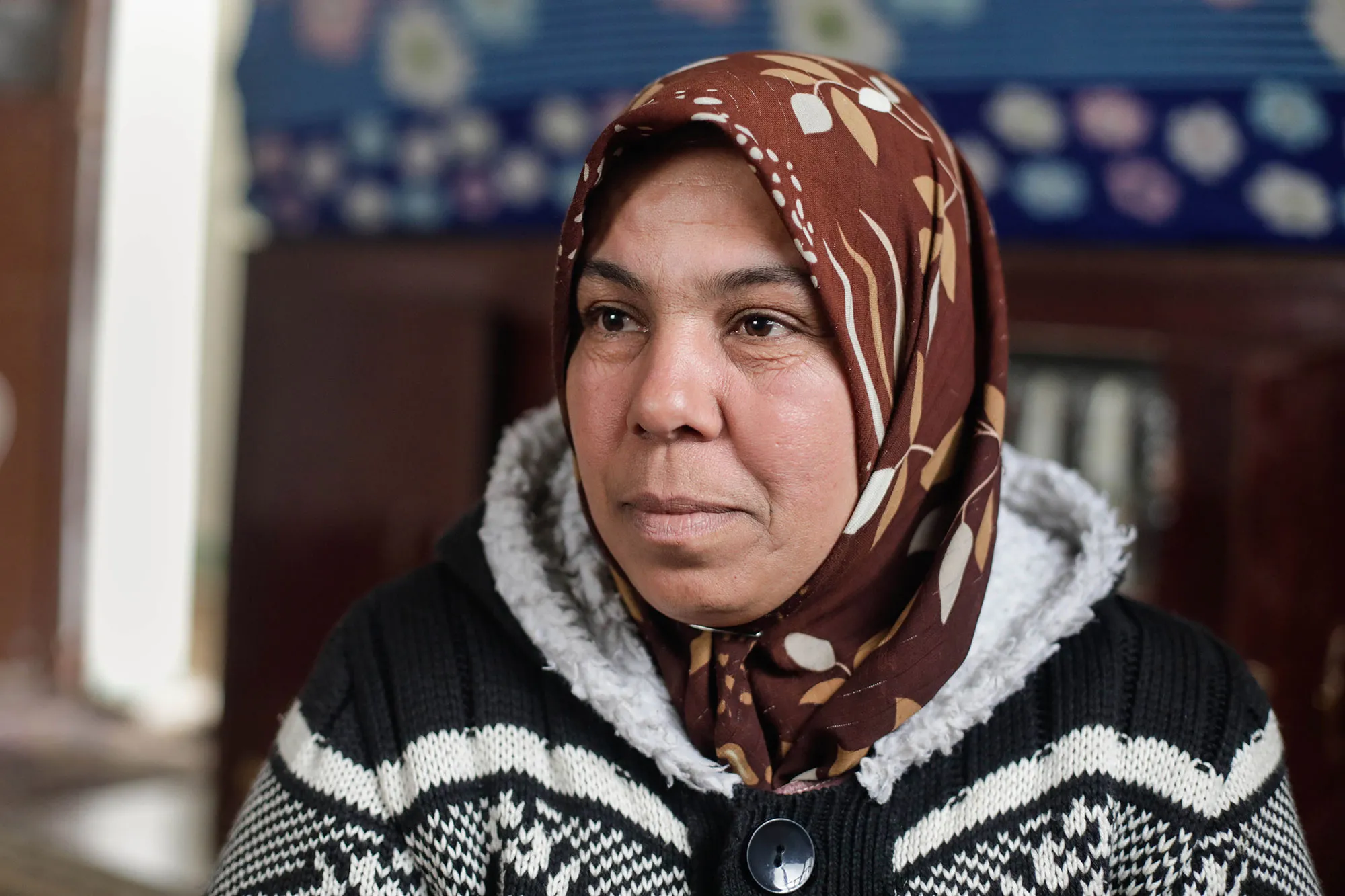Donor hesitancy to fund any activity that could be perceived as reconstruction support, as well as bureaucratic limitations and unclear policies, are compromising the well-being of Syrian communities, hobbling early recovery efforts, and increasing the risk borne by aid agencies trying to work more sustainably. In northwest Syria, large-scale displacement persists, yet donor reticence to invest in sustainable projects hinders access to basic necessities and effectively limits impact to the immediate term. In contrast, greater and longer-term investments in early recovery today could vastly increase community resilience and aid independence for years or even decades.
At present, donors will allow for small-scale recovery projects in conjunction with programs to improve livelihoods, but the impact is small in scope. Where CARE now provides multiple individual beneficiaries with a single solar panel to improve family income, a small solar farm could power a community; where CARE invests in cleaning aging irrigation canals, the rehabilitation of entire irrigation systems could support even more farmers and boost long-term food security; and where CARE partners need to repeatedly repair a dilapidated storage silo year after year, investing in a new silo would cost less and serve the community for years. The current approach requires more time, more funds, and greater effort to serve fewer needs for a shorter time span. Regardless of the response context, this sort of financial and opportunity cost—particularly when directed by policy—should not be considered good humanitarian donorship.
Investing in individuals by providing small business grants, vocational training, and skills-building is critical, particularly for women, but the effects of these efforts could be further multiplied by building up markets and creating sustainable power generation that would serve businesses and communities.
Investments in small-scale agriculture—also primarily the remit of Syrian women—could create food security for many thousands more and be continued into the future if these inputs were linked to investments in irrigation restoration and the construction of sound agricultural storage facilities. Increased assistance to frontline women’s organizations is also essential to effectively meet humanitarian and recovery needs and ensure the voices of those most affected by the crisis have a say in the response. Yet an assessment of progress toward the collective humanitarian goal of increasing funding to women’s groups to 4 percent by 2020 showed that nearly all donors, including the United States, fell short.
The conflict in Syria has been long and brutal, and the end is not yet in sight. Reorienting U.S. policy on assistance for Syria to effectively and comprehensively meet Syrians’ needs—including by increasing funds for recovery, particularly for women-led recovery—could rapidly transform the projects that are saving lives and building family resilience today into drivers of self-reliance and hope for the future.
Dr. Ihlas Altinci is a sexual and reproductive health advisor for CARE in Gaziantep, Turkey. Dhabie Brown is a humanitarian policy advocate for CARE in Washington, D.C. The above has been published as part of The Path Forward, a CSIS Humanitarian Agenda series on the 10th anniversary of the crisis in Syria.

